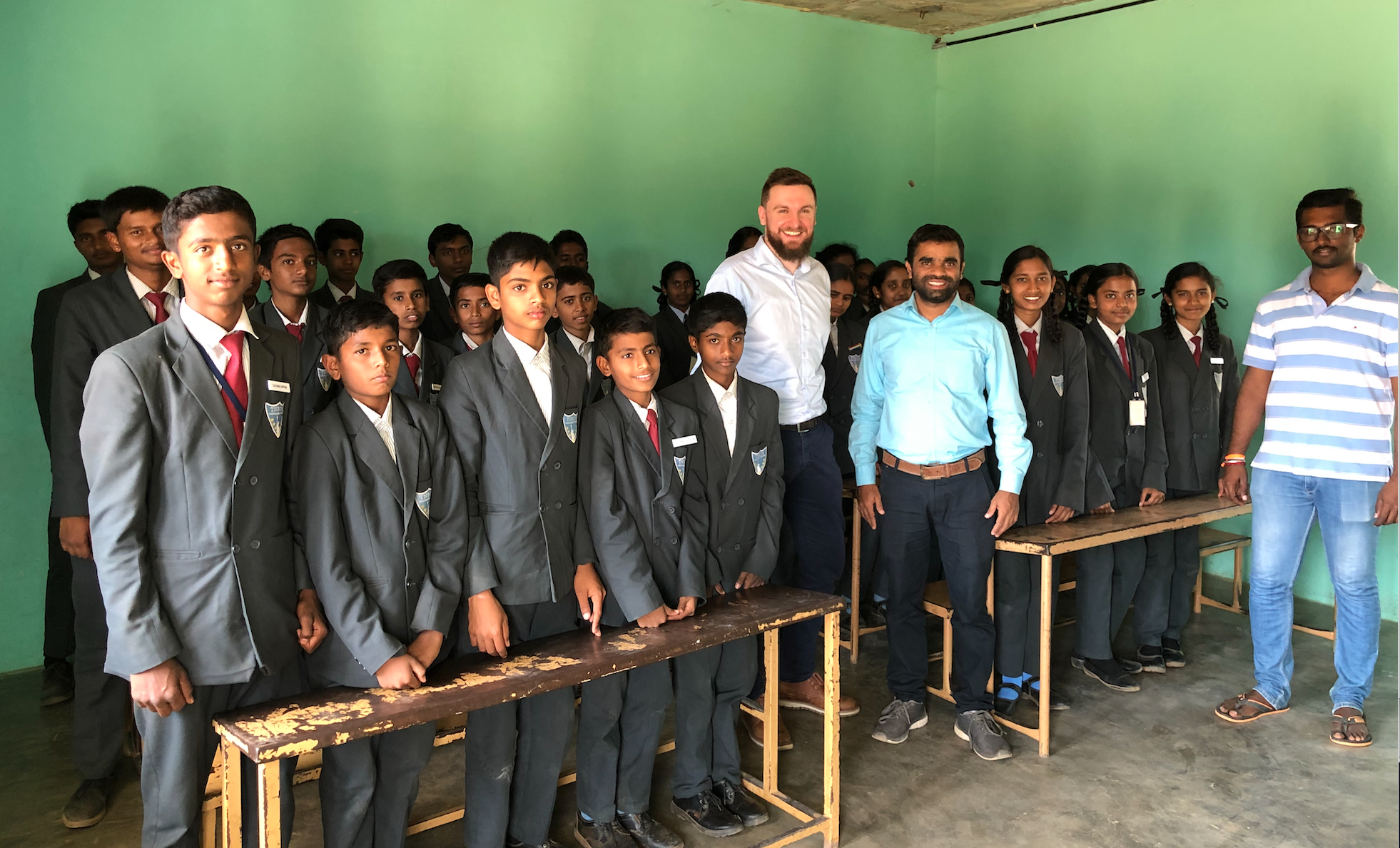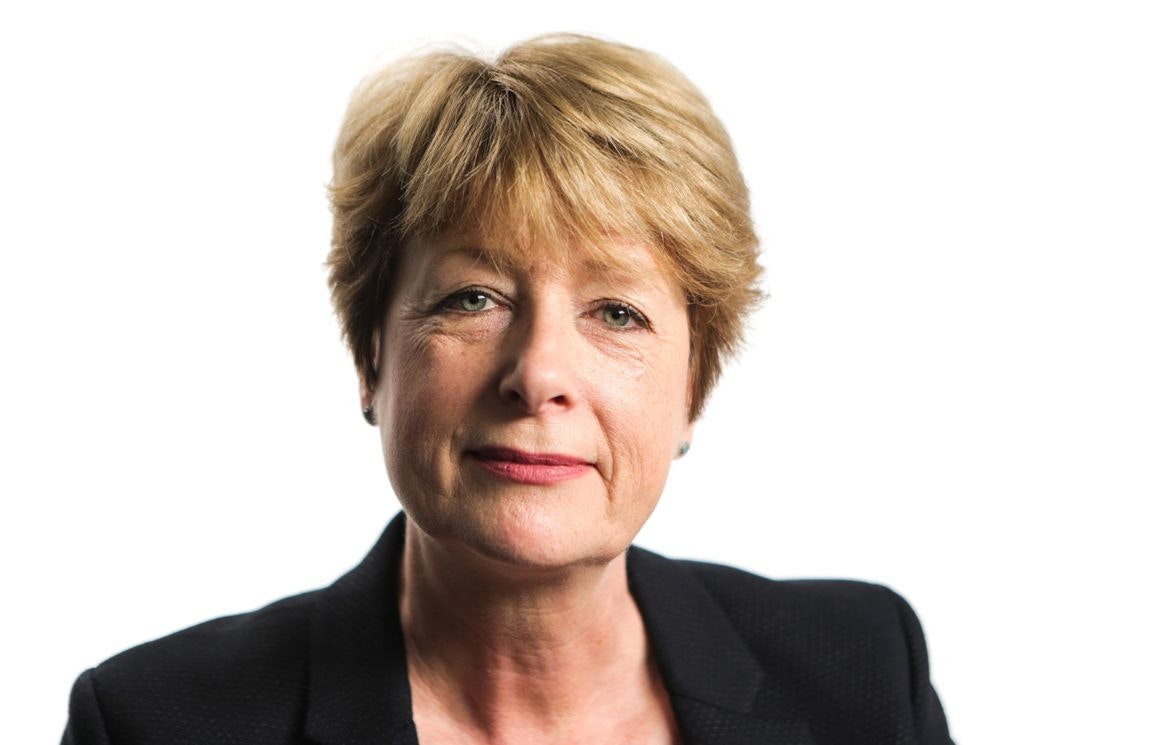Fronted adverbial? Inverse vector? Trying to help children with baffling homework questions often involves tears (for the parents) and a lot of searching on Google. But in places like the US, India, Indonesia, and Russia students are turning to Brainly, a social platform where they can ask their peers for online help.
Edtech is an enormous market, expected to be worth more than $250bn by 2020 according to EdTechXGlobal, the educational technology conference organiser. Companies in this area speak in millions and billions, whether they are referring to user number or potential revenues. Brainly is no different.
“There are more than one billion students in the world, and every student needs help with learning sometimes,” says Michal Borkowski, Brainly’s cofounder and chief executive.
With 150m users in 35 countries, Krakow-based Brainly has already become one of the world’s biggest online platforms in this market, but Borkowski says he is aiming to reach at least 500m students.
In some countries, like Poland and Russia more than 80% of students are on Brainly. In the US it is 15-20%, however and in India just 10%, says Borkowski. “There is lots more room to grow.”
Borkowski, who, with his closely-trimmed beard and rolled-up shirtsleeves has the look of a hip young history teacher, set up Brainly in 2009. “It is the kind of resource I wish I had had during my high school time,” he says.
“I remembered how, when I was a student we really liked helping each other. If someone asked for help in solving an equation five or six people would jump in to explain it. I realised I could bring that kind of behaviour online,” he says.
Students can go onto the Brainly platform to ask for help with homework questions, anything from how to work out an equation to advice on upcoming exams. Asking a question costs points, and users can earn more of these if they answer questions others have posted on the platform.
There is moderation and quality control from the Brainly side to make sure that the answers posted are correct and the system prompts people to explain how to solve the problem, rather than just posting the answer. It usually takes between 10 to 30 minutes to answer a question on Brainly, says Borkowski.
Not everyone is happy with the service, with complaints online about the quality of the answers given by the community.
One reviewer on Sitejabber wrote: “I have been a moderator on Brainly for quite some time now. Brainly used to be a decent homework help site. Now it's absolutely garbage. As I've had to moderate answers, I can tell you that most answers are just random guesses by people trying to get points.” Other reviews on Glassdoor and Sitejabber were positive.

Jakub Piwnik, communications manager at Brainly, disagrees, saying the quality of answers are high, but it’s true that people get hooked on the site. There are users who have amassed thousands of points, but that this is ultimately a good sign, he says.
“It can be kind of addictive,” says Piwnik. “All Brainly employees are encouraged to spend time answering questions on Brainly. I sometimes go on to answer questions about Polish grammar, and I find that I have been on there for an hour.”
In fact, the points themselves are becoming a kind of alternative recognition. Tutors and teachers sometimes join Brainly too, and tutors have been known to use the number of Brainly points they have gained as a way to advertise their expertise, says Piwnik.
The question Brainly has to answer, however, is whether it can make money from its millions of users.
The company has recently started experimenting with a freemium model in Poland and the US. For around $2-3 a month, users can get unlimited access to answers that have been verified. In the free version users are shown ads, and they can run out of points fairly quickly.
European edtech companies that have received the most funding:
- OpenClassRooms (France) €62.8m
- Kahoot! (Norway) €53.6m
- Brainly (Poland) €38.2m
- Babbel (Germany) €30.3m
- Memrise (UK) €19.8m
Borkowski says the company is still experimenting with pricing, but he believes there is interest in the Brainly Plus services, especially among parents, who make up around 15% of the user base.
Brainly has raised $38.2m so far, most recently $14m in a Series B round in 2017. Now, as the company prepares to raise its Series C, Borkowski says, investors’ questions about monetisation are becoming more insistent.
“Revenues have been important all along. We have had to prove all along that we had strong thoughts about monetising the product and showing that you can make money. But in the Series C round and beyond this becomes even more important,” Borkowski says.
The freemium model has proved difficult, however, for a number of companies in the edtech space. Edmodo, an online social community for teachers and students, based in California, raised more than $100m but struggled to find a workable business model, ultimately turning to advertising before being acquired by China’s NetDragon Websoft for $137.5m in 2018.
San Francisco-based Class Dojo, an app that aids communication between primary school teachers and parents, has raised $66.1m in total, but only began experimenting with monetisation at the end of 2018.
Brainly is also up against some formidable firepower from US and Asian rivals. US education technology companies raised $1.45bn in 2018, and these sums, in turn, pale in comparison with the enormous fundraisings in Asia. Bangalore-based Byju’s has raised a total of $819.8m, while VIPKID, an English language teaching platform based in Beijing, has raised $825.1m.
China has 250m children with an internet penetration level of almost 60%. These children collectively consume nearly 280m hours of screen time daily and, of this, almost 45% — or 120m hours a day — is educational, according to a report from LEK Consulting. China has one of the largest education markets in the world, at an estimated $300bn in revenues.
Borkowski says Brainly is potentially interested in entering the Chinese market, but admits it will be challenging. Not only can it be difficult for western companies to navigate, but Brainly already has a big, well-funded competitor there: Beijing-based Zuoyebang has a similar peer help platform concept, and has raised a whopping $585m.
Brainly’s Series C fundraising will have to be a big one if it is serious about being a global competitor.


